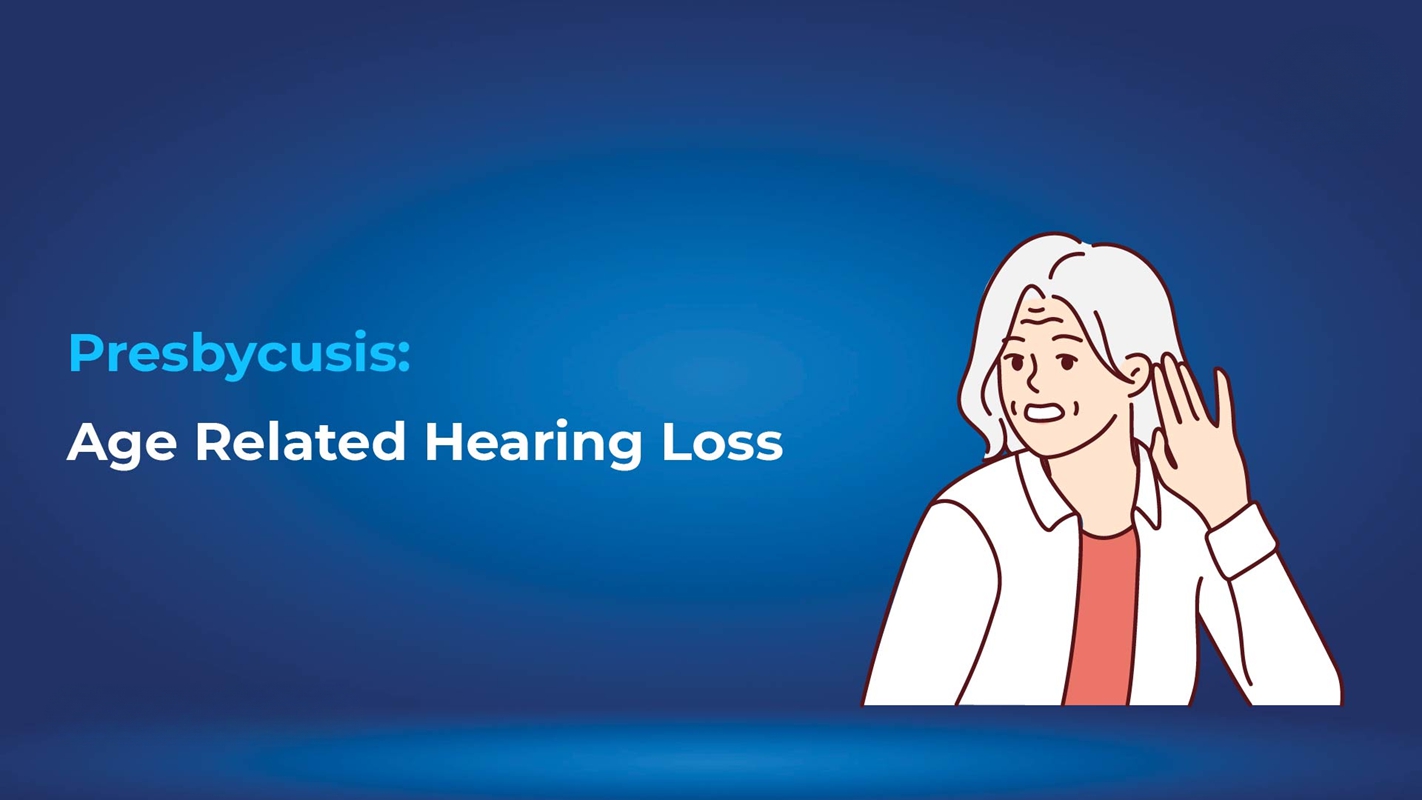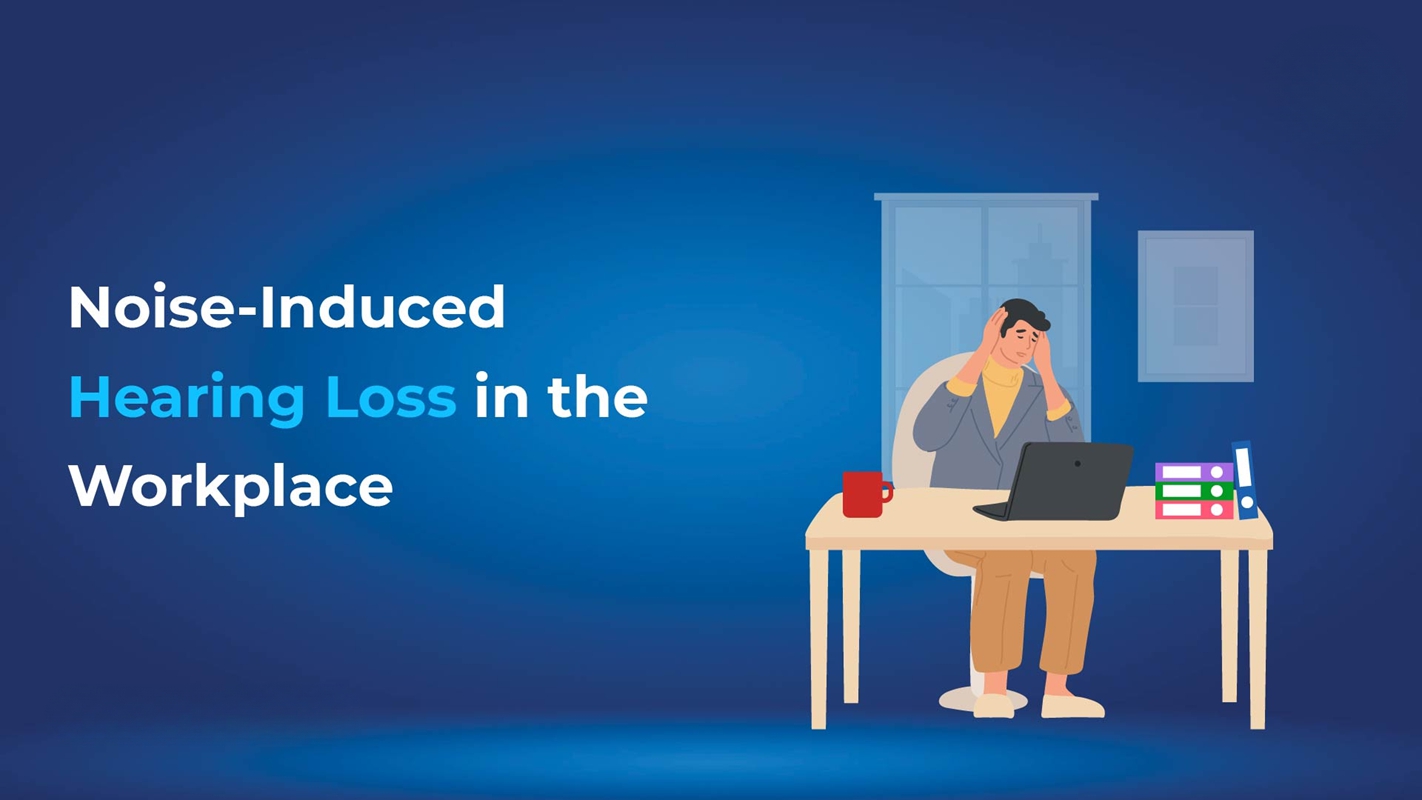Conductive and sensorial hearing Loss are the two main types of hearing issues affecting people worldwide. These conditions can impact communication and overall quality of life. Conductive hearing loss occurs when sound can’t travel properly through the outer or middle ear. Sensorineural hearing loss, on the other hand, is caused by damage to the inner ear or auditory nerve. Understanding the difference is key to accurate diagnosis and effective treatment.
Anatomy of the Ear and Hearing Process
How the Ear Works
The ear is an amazing part of the body that helps us hear sounds. It has three main parts that work together: the outer ear, the middle ear, and the inner ear. Understanding the difference between conductive and sensorineural hearing loss starts with knowing how these parts function.
Outer Ear
- Role: The outer ear includes the part you can see and the ear canal. It collects sound waves and sends them into the ear.
- Sound Travel: Sound waves enter through the outer ear and travel down the ear canal to the eardrum.
Middle Ear
- Role: The middle ear contains tiny bones called the hammer, anvil, and stapes. These bones amplify sound vibrations from the eardrum.
- Function: The middle ear helps transfer sound to the inner ear.
Inner Ear
- Role: The inner ear has the cochlea, which looks like a snail shell. It changes sound vibrations into signals the brain can understand.
- Function: The cochlea and auditory nerve work together to send sound signals to the brain.
What is Conductive Hearing Loss?
Conductive hearing loss occurs when sound waves cannot effectively reach the inner ear. This type of hearing loss is often due to issues in the outer or middle ear.
Causes of Conductive Hearing Loss
- Ear Infections: Infections can cause fluid buildup, blocking sound.
- Earwax Buildup: Excess wax can obstruct the ear canal, preventing sound waves from reaching the eardrum.
- Injury: Damage to the ear canal, eardrum, or middle ear bones can impair sound transmission.
Symptoms and Signs
- Difficulty hearing soft sounds
- Muffled or unclear hearing
- Pain or pressure in the ear
- A feeling of fullness in the ear
Treatment Options for Conductive Hearing Loss
Common Treatments
- Medication: Antibiotics can treat infections that cause fluid buildup.
- Surgery: Procedures can repair damaged eardrums or remove blockages.
- Hearing Aids: Devices amplify sound for better hearing clarity.
Prevention and Management Tips
- Regular Cleaning: Keep ears clean to prevent wax buildup.
- Protect Ears: Use earplugs in noisy environments to avoid injury.
- Prompt Treatment: Seek medical attention for ear infections or injuries to prevent worsening of conductive hearing loss.
What is Sensorineural Hearing Loss?
Sensorineural hearing loss is a type of hearing impairment that occurs due to damage to the inner ear or the auditory nerve. This type of loss reduces the ability to hear faint sounds and affects the clarity of sound.
Causes of Sensorineural Hearing Loss
- Age-Related Changes: Natural ageing can damage the inner ear structures.
- Noise Exposure: Loud noises can harm the hair cells in the cochlea.
- Genetic Factors: Hereditary conditions can lead to inner ear damage.
Symptoms and Signs
- Difficulty understanding speech, especially in noisy environments
- Reduced ability to hear high-pitched sounds
- Tinnitus or ringing in the ears
- Sounds seem muffled or unclear
Treatment Options for Sensorineural Hearing Loss
Common Treatments
- Hearing Aids: Amplify sound to improve hearing clarity.
- Cochlear Implants: Devices that bypass damaged parts of the ear to directly stimulate the auditory nerve.
Prevention and Management Tips
- Protect Hearing: Use ear protection in loud environments to prevent damage.
- Regular Hearing Check-Ups: Early detection can help manage the condition effectively.
- Healthy Lifestyle: Avoiding ototoxic medications and maintaining good health can prevent further hearing loss.
Comparing Conductive and Sensorineural Hearing Loss
Understanding the difference between conductive and sensorineural hearing loss is important because they affect different parts of the ear and require different treatments. Here’s a simple comparison to help you understand these types of hearing loss:
Key Differences
Location of Problem
- Conductive Hearing Loss: Occurs in the outer or middle ear, where sound waves are blocked or not conducted properly.
- Sensorineural Hearing Loss: Happens in the inner ear or auditory nerve, where sound waves are not processed correctly.
Causes
- Conductive Hearing Loss:
- Ear infections
- Earwax buildup
- Damage to the ear canal or middle ear bones
- Sensorineural Hearing Loss:
- Age-related changes
- Exposure to loud noises
- Genetic factors
Symptoms
- Conductive Hearing Loss:
- Sounds seem softer
- Muffled hearing
- Ear pain or pressure
- Sensorineural Hearing Loss:
- Difficulty understanding speech
- Sounds are unclear or distorted
- Tinnitus or ringing in the ears
Importance of Early Diagnosis
Detecting hearing loss early helps improve treatment results and quality of life.
Why It Matters
- Prevents more damage to the ears
- Improves treatment success with early care
- Keeps communication clear and social life active
Common Signs
- Trouble hearing conversations, especially with background noise
- Often ask people to repeat themselves.
- Turning up the TV or phone volume frequently
- Hearing ringing sounds (tinnitus)
When to See a Doctor
If you notice any of these signs, visit an audiologist. Knowing if it’s conductive or sensorineural hearing loss helps in choosing the right treatment.
Choosing the Right Hearing Solution
Pick a hearing device that fits your needs, lifestyle, and budget.
Consider:
Hearing Loss Level
- Mild to Moderate: Hearing aids
- Severe: Cochlear implants or advanced devices
Lifestyle
- Active: Durable, noise-cancelling options
- Quiet: Basic models work fine.
Budget
- Affordable: Essential features
- Premium: Advanced technology and more comfort
Conclusion
Understanding the difference between conductive and sensorineural hearing loss is key to proper treatment. Early diagnosis and expert advice can greatly improve hearing. Choosing the right solution depends on your needs, lifestyle, and budget. Prioritising hearing health leads to a better quality of life.
















